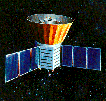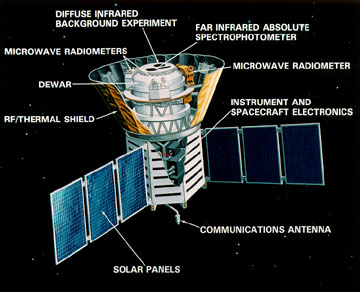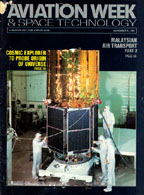
COBE Archives - Photos
 COsmic
Background
Explorer
COsmic
Background
Explorer

 COsmic
Background
Explorer
COsmic
Background
Explorer



A large number of people were involved at various stages in the COBE project and some of their photographs are at this location. The DMR team had a large number of members over the years in addition to those from the COBE science working group that participated.
DIRBE image of Galaxy This figure presents a view of our Milky Way Galaxy obtained by the Diffuse Infrared Background Experiment (DIRBE) on NASA's Cosmic Background Explorer (COBE) satellite. This image combines images obtained at the near-infrared wavelengths of 1.2, 2.2, and 3.4 microns, represented respectively as blue, green and red colors. The image is presented in galactic coordinates with the plane of the Milky Way Galaxy horizontal and the center at the center. The region covers galactic longitudes from 264 degrees (right) to 96 degrees (left) with the north galactic pole at the top, south pole at the bottom. The dominant source of light at these wavelengths is stars within our Galaxy. The image strikingly shows both the thin disk and the central bulge population of stars closer to the Galactic Center than our own Sun, which lies in the disk at a distance of about 28,000 light years from the Galactic. The image is increasingly red in directions where there is more dust between the stars absorbing starlight from more distant stars. This absorption is so strong at visible wavelengths that the central part of the Milky Way cannot be seen at optical wavelengths. When this picture was released in April 17, 1990, it gave us our first large scale view of our Galaxy. The discrete points of white away from the central disk of the Galaxy are individual stars near to the Sun.
This image is very much like edge on views of external spiral galaxies taken in the optical. They are generally underexposed so that only the most central portion of the galaxy registers on the photographs. Thus it was possible for COBE to get what looks like an external photograph of our Galaxy since it only needed to make a photo of the inner regions.
DMR Four Year DMR images of the Cosmic Microwave Background Fluctuations.